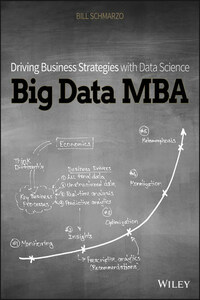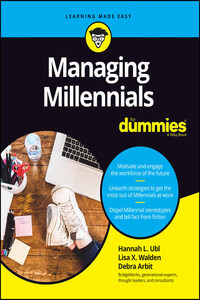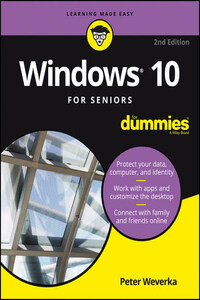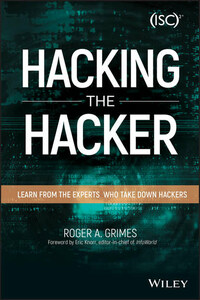Copyright
William Collins
An imprint of HarperCollinsPublishers
1 London Bridge Street
London SE1 9GF
www.WilliamCollinsBooks.com
This eBook first published in Great Britain by William Collins in 2016
First published in the United States by Henry Holt and Company, LLC in 2016
Copyright © 2016 by Brian Christian and Tom Griffiths
Brian Christian and Tom Griffiths assert the moral right to be identified as the authors of this work
A catalogue record for this book is available from the British Library
Cover design by Jonathan Pelham
All rights reserved under International and Pan-American Copyright Conventions. By payment of the required fees, you have been granted the non-exclusive, non-transferable right to access and read the text of this e-book on screen. No part of this text may be reproduced, transmitted, down-loaded, decompiled, reverse engineered, or stored in or introduced into any information storage and retrieval system, in any form or by any means, whether electronic or mechanical, now known or hereinafter invented, without the express written permission of HarperCollins.
Source ISBN: 9780007547999
Ebook Edition © April 2016 ISBN: 9780007547982
Version: 2018-09-27
Introduction
Algorithms to Live By
Imagine you’re searching for an apartment in San Francisco—arguably the most harrowing American city in which to do so. The booming tech sector and tight zoning laws limiting new construction have conspired to make the city just as expensive as New York, and by many accounts more competitive. New listings go up and come down within minutes, open houses are mobbed, and often the keys end up in the hands of whoever can physically foist a deposit check on the landlord first.
Such a savage market leaves little room for the kind of fact-finding and deliberation that is theoretically supposed to characterize the doings of the rational consumer. Unlike, say, a mall patron or an online shopper, who can compare options before making a decision, the would-be San Franciscan has to decide instantly either way: you can take the apartment you are currently looking at, forsaking all others, or you can walk away, never to return.
Let’s assume for a moment, for the sake of simplicity, that you care only about maximizing your chance of getting the very best apartment available. Your goal is reducing the twin, Scylla-and-Charybdis regrets of the “one that got away” and the “stone left unturned” to the absolute minimum. You run into a dilemma right off the bat: How are you to know that an apartment is indeed the best unless you have a baseline to judge it by? And how are you to establish that baseline unless you look at (and lose) a number of apartments? The more information you gather, the better you’ll know the right opportunity when you see it—but the more likely you are to have already passed it by.
So what do you do? How do you make an informed decision when the very act of informing it jeopardizes the outcome? It’s a cruel situation, bordering on paradox.
When presented with this kind of problem, most people will intuitively say something to the effect that it requires some sort of balance between looking and leaping—that you must look at enough apartments to establish a standard, then take whatever satisfies the standard you’ve established. This notion of balance is, in fact, precisely correct. What most people don’t say with any certainty is what that balance is. Fortunately, there’s an answer.
Thirty-seven percent.
If you want the best odds of getting the best apartment, spend 37% of your apartment hunt (eleven days, if you’ve given yourself a month for the search) noncommittally exploring options. Leave the checkbook at home; you’re just calibrating. But after that point, be prepared to immediately commit—deposit and all—to the very first place you see that beats whatever you’ve already seen. This is not merely an intuitively satisfying compromise between looking and leaping. It is the provably optimal solution.
We know this because finding an apartment belongs to a class of mathematical problems known as “optimal stopping” problems. The 37% rule defines a simple series of steps—what computer scientists call an “algorithm”—for solving these problems. And as it turns out, apartment hunting is just one of the ways that optimal stopping rears its head in daily life. Committing to or forgoing a succession of options is a structure that appears in life again and again, in slightly different incarnations. How many times to circle the block before pulling into a parking space? How far to push your luck with a risky business venture before cashing out? How long to hold out for a better offer on that house or car?














